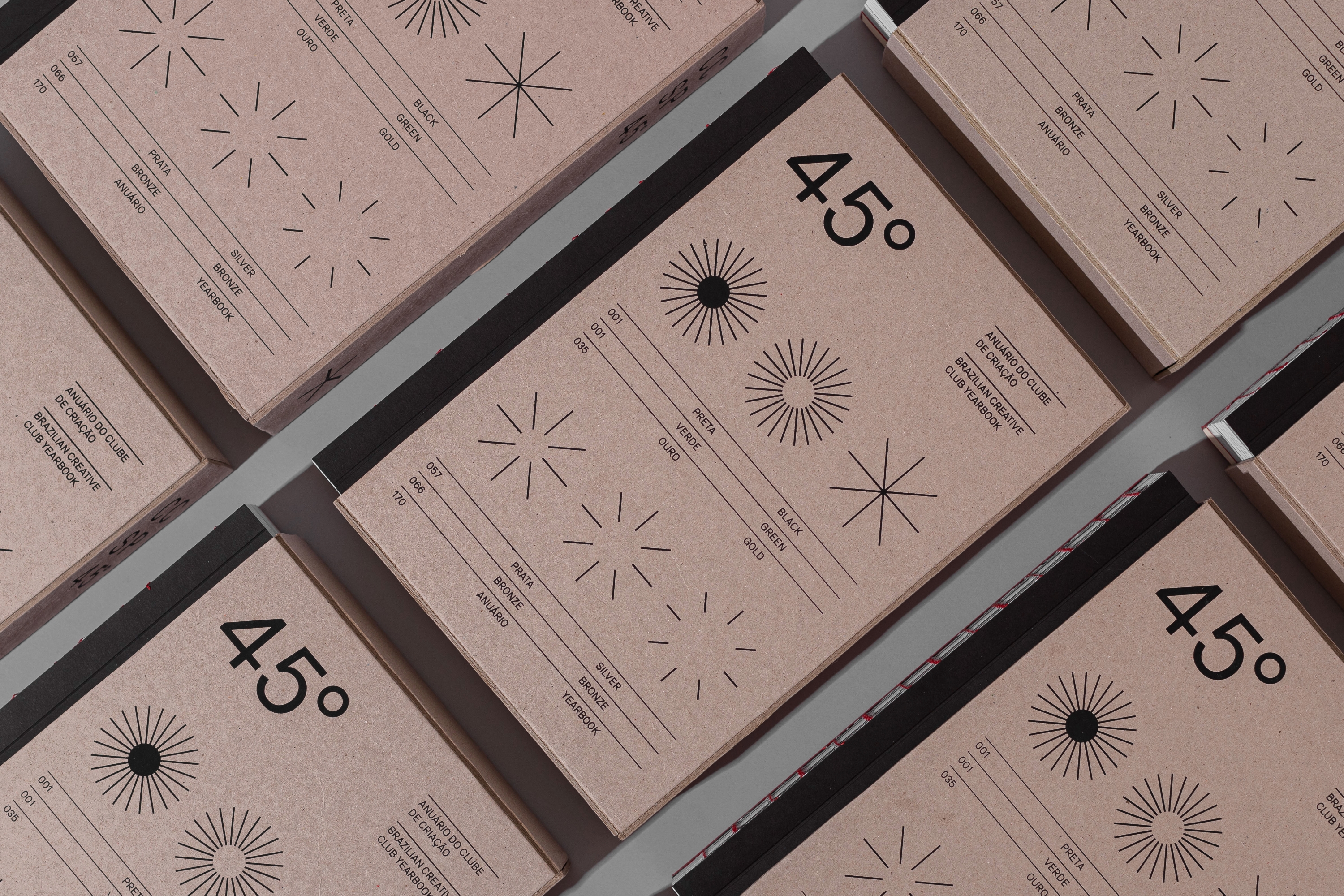Design is everywhere - a conversation with Lucas Machado
Lucas Machado has an award winning multi-discipline design studio. His thoughtful design work is beautifully executed, blurring the lines between design disciplines and finding inspiration all around, even in the quiet solutions that are perhaps unintentional. We spoke with Lucas to learn more about his unique perspective on design and how design fields are not mutually exclusive but actually better off combined.
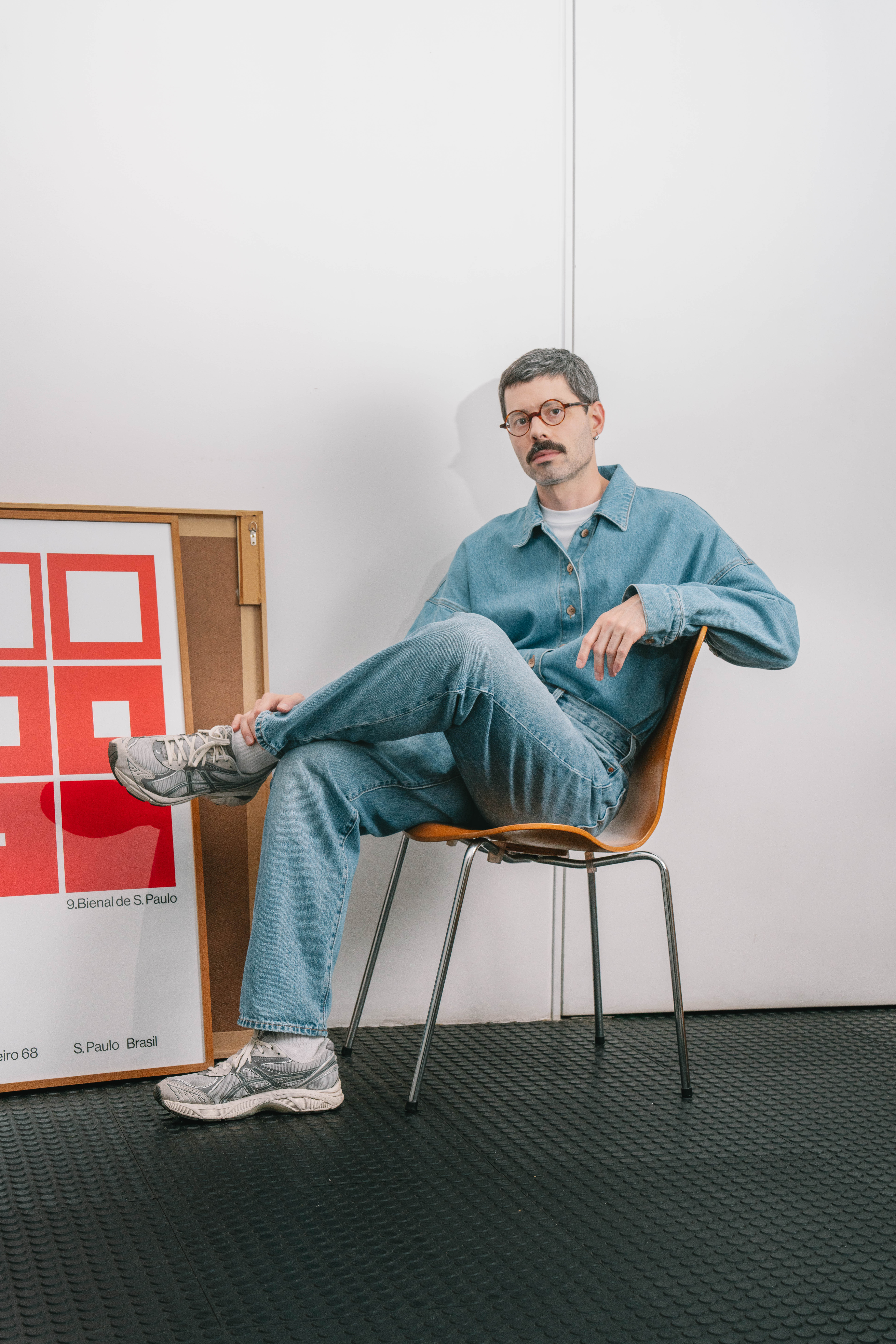
Where do you find your inspiration?
I’m someone who loves to walk, and every day I walk from my home to the studio, a journey that takes about 30 minutes. My ideas and inspirations take shape during these walks when my mind is clear and open to new possibilities. I pay close attention to my surroundings during these moments. Design is everywhere, even when a designer hasn’t consciously created it. Solutions are all around us, and I enjoy recontextualizing them through our design perspective.
Over the past year, I’ve started collecting records, influenced by my father. It’s a world of its own, and the album covers are fantastic, containing all the elements of design – typography, colors, grids, graphic elements, photos, and illustrations. One of my favorite covers is from the album Geraes by Milton Nascimento. The cover designer used kraft paper with all the text in silver hot stamping. It’s stunning.

Can you tell me more about your multidisciplinary approach to design?
I trained in product and graphic design, beginning my career as a product designer, creating furniture for an architecture firm. In some way, these themes have always been part of my journey. When I studied in London, my graduation project was on psycho-geography, a practice linked to architecture and urbanism. After that, I moved to São Paulo, where I worked at the ps.2 arquitetura + design studio, where both partners were trained in architecture and urbanism. We handled many projects involving visual communication in spaces, such as exhibition designs and signage. After São Paulo, I moved to Rio de Janeiro, where I worked with an incredible person, a 360-degree creative who was a designer, architect, and businessman.
When I decided to start my studio in my hometown of Curitiba, in the south of Brazil, I knew I wanted to maintain this connection with architecture and product design. And that’s exactly what happened; today, most of our projects are focused on visual communication for architecture and product design. In parallel with the studio, I run a graphic product brand called Colect, where I get to exercise my product design side. My favorite designer is Enzo Mari, who had a multidisciplinary approach, creating art, posters, objects, furniture, and exhibitions. I see myself on a similar path, not necessarily tied to just one discipline.
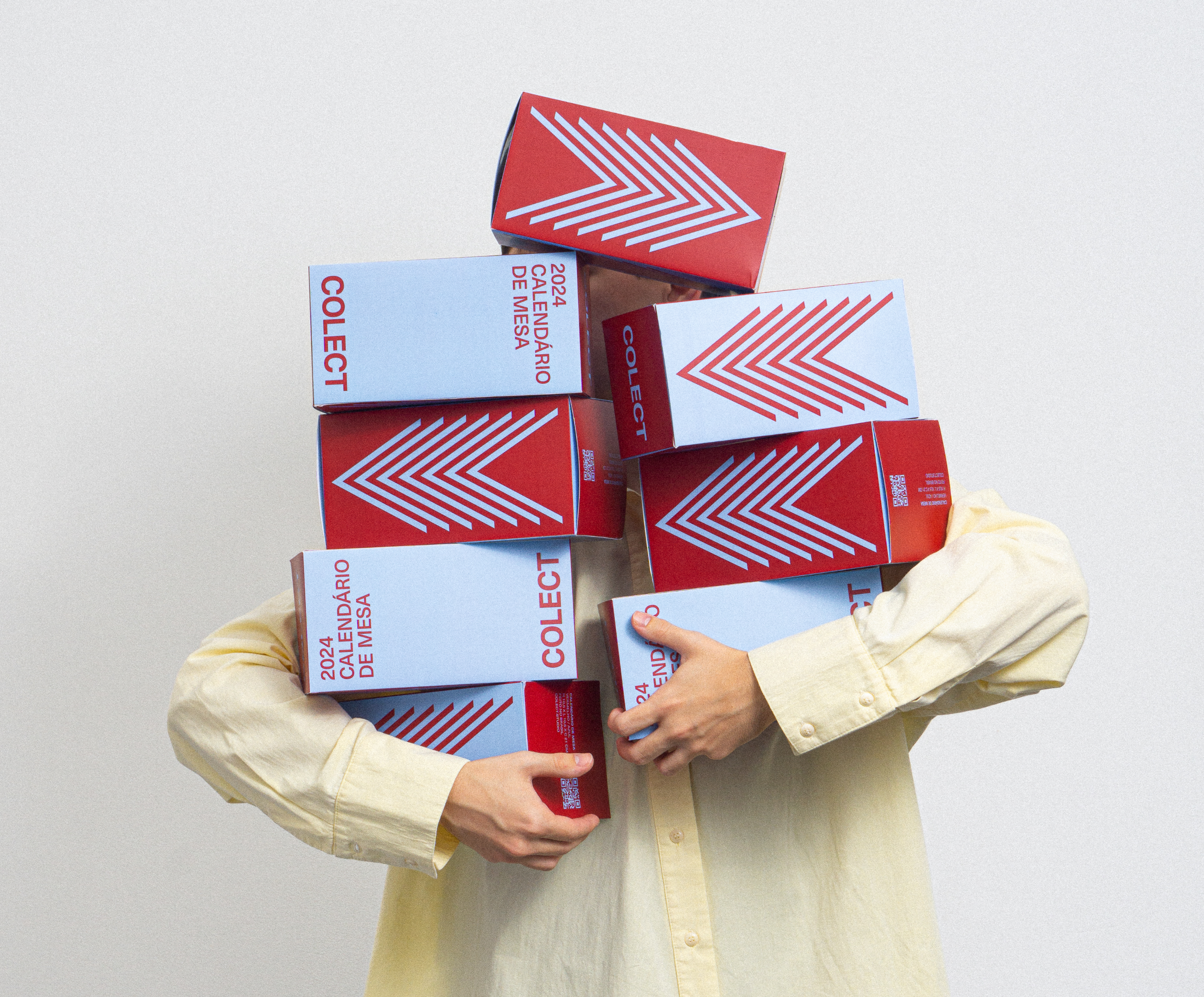
Is there a particular project you’re most excited about currently?
We’re passionate about all our projects! We’re fortunate to work on engaging projects with clients who are open to our ideas. I always see potential in every project, no matter how commercial it may seem. We currently have a catalog project we did for a local lighting brand, which has received honorable mentions and is competing for major design awards. We enjoy taking something that might seem mundane, like a product catalog, and transforming it into a piece of design that’s as special as the product itself.
In addition to this project, we’re thrilled about a large exhibition we’re working on that will take place in Japan. We are a team of designers, artists, and architects collaborating on this exciting event, and we can’t wait to reveal more details soon. Another area we started exploring last year is type design, which we’ve already implemented in two projects, including the exhibition I mentioned above. It’s a new field for us, but we’re excited to continue developing it.
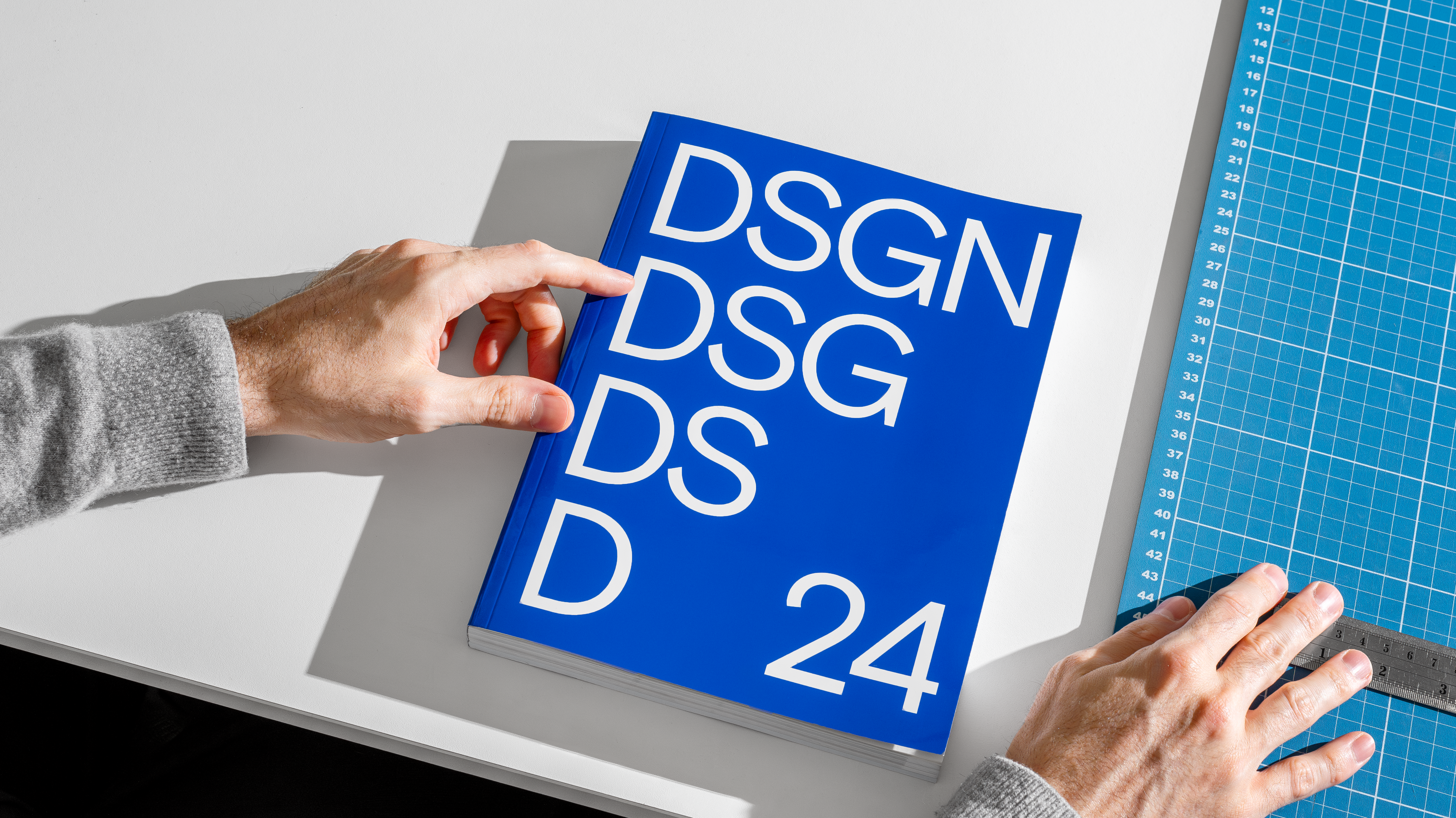
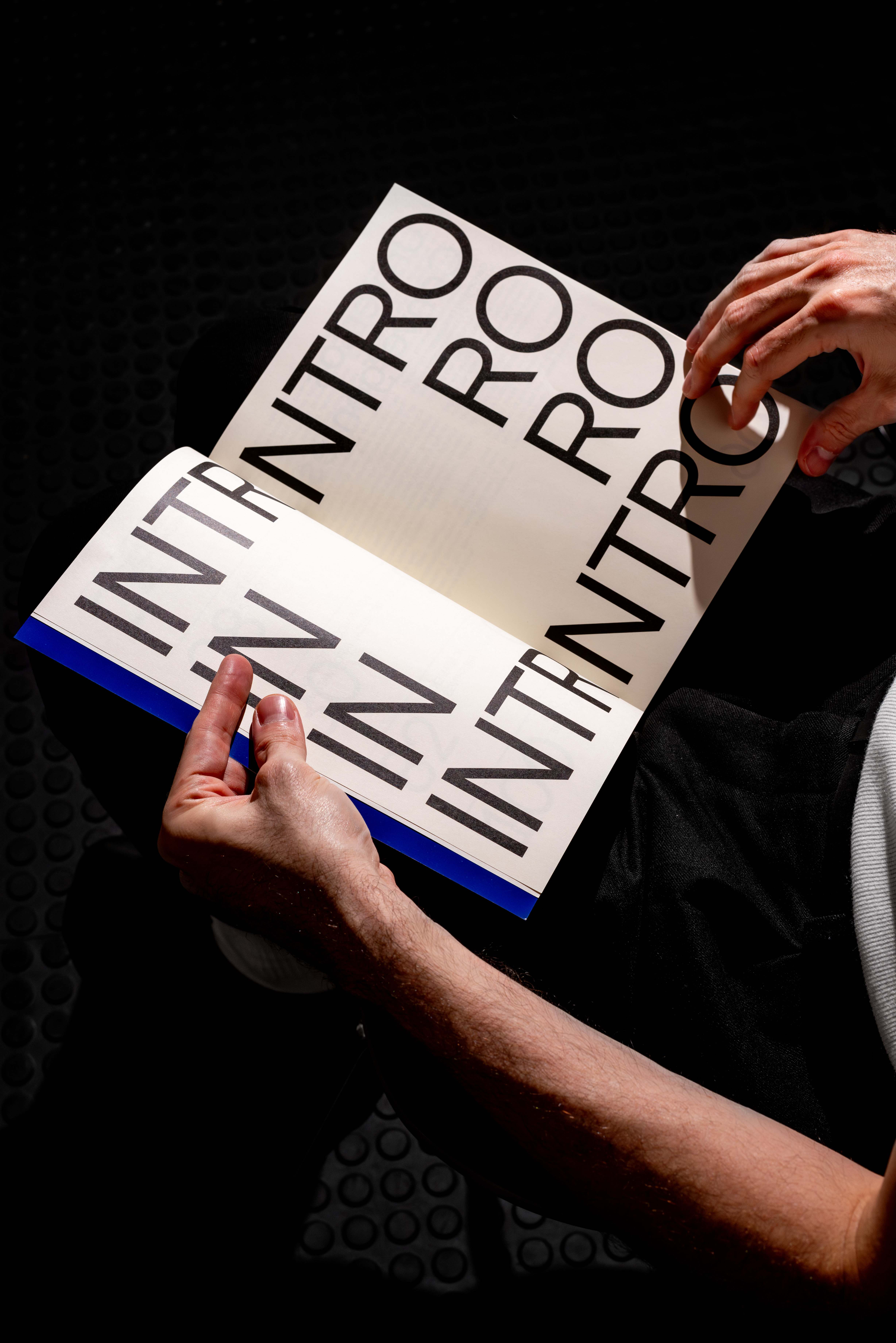
How does Dropmark fit into your workflow?
Our process is divided into four phases – research, design, development, and launch. We use Dropmark during the research and design phases, consulting references throughout the exploration process.
We adopted Dropmark because we used to compile references in folders on our computers, but access was limited. Now, Dropmark serves as a comprehensive repository of references for the studio, accessible for any project. Although we still organize by folders and projects, it’s much easier to search and access everything using the search function and tags. Here at the studio, we have an extensive physical library of books, and Dropmark has become our digital library.
What’s the most interesting thing you’ve Dropmarked recently?
We have a folder where we save PDFs of old books we find online. These books are often nearly impossible to find physically and have been scanned and made available in the public domain. One of my favorites is the book Redux by fashion designer Raf Simons, which explores his work and design philosophy, highlighting his connection to youth culture, music, art, and fashion. Simons is also a great inspiration for me. On eBay, this book can be found for USD 1,250.
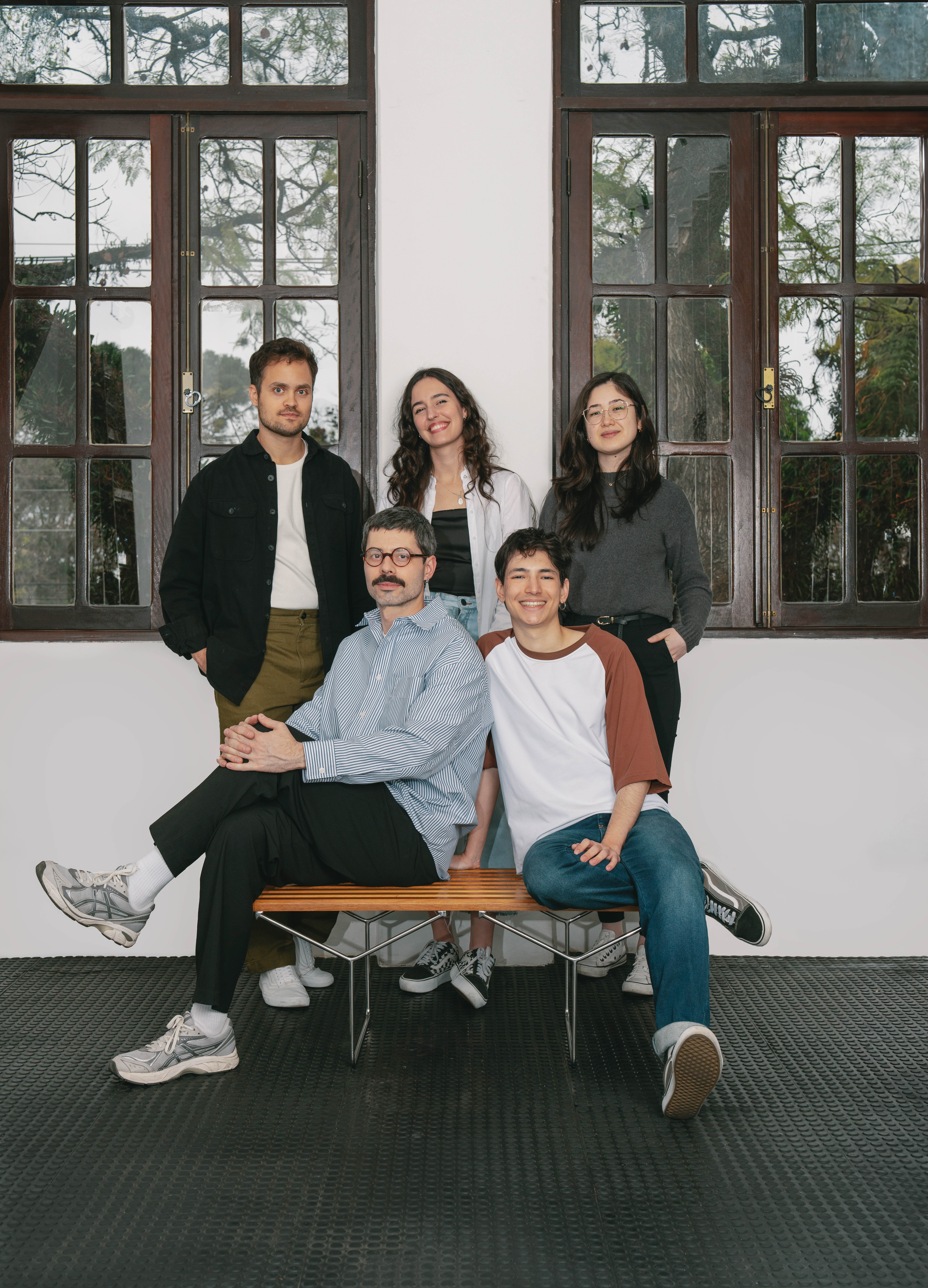
Thanks, Lucas! Find out more about their work here, or on Instagram.
